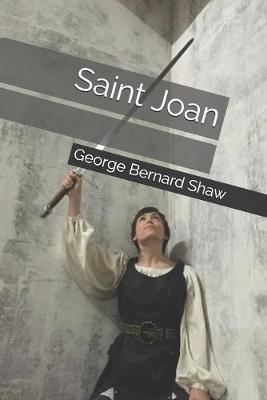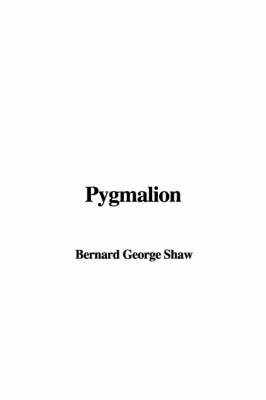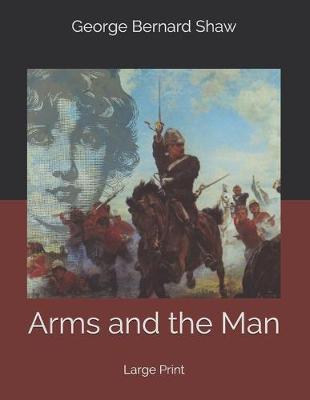New Mermaids
4 total works
Exclusive to Penguin Classics: the definitive text of one of Shaw’s most forward-looking plays—part of the official Bernard Shaw Library
A Penguin Classic
Andrew Undershaft, a millionaire armaments dealer, loves money and despises poverty. His estranged daughter Barbara, on the other hand, shows her love for the poor by throwing her energies into her work as a major in the Salvation Army, and sees her father as another soul to be saved. But when the Army needs funds to keep going, it is Undershaft who saves the day with a large check—forcing Barbara to examine her moral assumptions. Are they right to accept money that has been obtained by “Death and Destruction”? Full of lively comedy and sparkling debate, Major Barbara brilliantly tests the tensions between religion, wealth and power, benevolence and equality, and metaphors and realities of war.
This is the definitive text under the editorial supervision of Dan H. Laurence. This volume includes Shaw’s preface of 1906, the cast list from the first production of Major Barbara, and a list of his principal works.
A Penguin Classic
Andrew Undershaft, a millionaire armaments dealer, loves money and despises poverty. His estranged daughter Barbara, on the other hand, shows her love for the poor by throwing her energies into her work as a major in the Salvation Army, and sees her father as another soul to be saved. But when the Army needs funds to keep going, it is Undershaft who saves the day with a large check—forcing Barbara to examine her moral assumptions. Are they right to accept money that has been obtained by “Death and Destruction”? Full of lively comedy and sparkling debate, Major Barbara brilliantly tests the tensions between religion, wealth and power, benevolence and equality, and metaphors and realities of war.
This is the definitive text under the editorial supervision of Dan H. Laurence. This volume includes Shaw’s preface of 1906, the cast list from the first production of Major Barbara, and a list of his principal works.
Exclusive to Penguin Classics: the definitive text of Shaw’s powerful historical drama about Joan of Arc, which led him to win the Nobel Prize for Literature—part of the official Bernard Shaw Library
A Penguin Classic
With Saint Joan, which distills many of the ideas Shaw had been exploring in earlier works on politics, religion, feminism, and creative evolution, he reached the height of his fame as a dramatist. Fascinated by the story of Joan of Arc, but unhappy with the way she had traditionally been depicted, Shaw wanted to remove “the whitewash which disfigures her beyond recognition.” He presents a realistic Joan: proud, intolerant, naïve, foolhardy, and brave—a rebel and a woman for Shaw’s time and our own.
This is the definitive text under the editorial supervision of Dan H. Laurence. The volume includes Shaw’s Preface of 1924; the cast list of the first production of Saint Joan; a chronology; and the essay “On Playing Joan” by Imogen Stubbs.
A Penguin Classic
With Saint Joan, which distills many of the ideas Shaw had been exploring in earlier works on politics, religion, feminism, and creative evolution, he reached the height of his fame as a dramatist. Fascinated by the story of Joan of Arc, but unhappy with the way she had traditionally been depicted, Shaw wanted to remove “the whitewash which disfigures her beyond recognition.” He presents a realistic Joan: proud, intolerant, naïve, foolhardy, and brave—a rebel and a woman for Shaw’s time and our own.
This is the definitive text under the editorial supervision of Dan H. Laurence. The volume includes Shaw’s Preface of 1924; the cast list of the first production of Saint Joan; a chronology; and the essay “On Playing Joan” by Imogen Stubbs.
The ancient Greeks tell the legend of the sculptor Pygmalion, who created a statue of a woman of such surpassing beauty that he fell in love with his own creation. Then Aphrodite, taking pity on this man whose love could not reach beyond the barrier of stone, brought the statue to life and gave her to Pygmalion as his bride.
Centuries later George Bernard Shaw captured the magic of this legend in his celebrated romantic play, Pygmalion. Pygmalion became Henry Higgins, a professor of phonetics, his statue an untutored flower girl from the streets of London, and the barrier between them the difference in their stations in life.
In My Fair Lady, the legend is taken one step further: the barrier is swept away and Higgins and Eliza are reunited as the curtain falls on one of the loveliest musical plays of our time.
--back cover
Centuries later George Bernard Shaw captured the magic of this legend in his celebrated romantic play, Pygmalion. Pygmalion became Henry Higgins, a professor of phonetics, his statue an untutored flower girl from the streets of London, and the barrier between them the difference in their stations in life.
In My Fair Lady, the legend is taken one step further: the barrier is swept away and Higgins and Eliza are reunited as the curtain falls on one of the loveliest musical plays of our time.
--back cover
From the book:To the irreverent - and which of us will claim entire exemption from that comfortable classification? - there is something very amusing in the attitude of the orthodox criticism toward Bernard Shaw. He so obviously disregards all the canons and unities and other things which every well-bred dramatist is bound to respect that his work is really unworthy of serious criticism (orthodox). Indeed he knows no more about the dramatic art than, according to his own story in "The Man of Destiny," Napoleon at Tavazzano knew of the Art of War. But both men were successes each in his way - the latter won victories and the former gained audiences, in the very teeth of the accepted theories of war and the theatre. Shaw does not know that it is unpardonable sin to have his characters make long speeches at one another, apparently thinking that this embargo applies only to long speeches which consist mainly of bombast and rhetoric. There never was an author who showed less predilection for a specific medium by which to accomplish his results. He recognized, early in his days, many things awry in the world and he assumed the task of mundane reformation with a confident spirit. It seems such a small job at twenty to set the times aright. He began as an Essayist, but who reads essays now-a-days? - he then turned novelist with no better success, for no one would read such preposterous stuff as he chose to emit. He only succeeded in proving that absolutely rational men and women - although he has created few of the latter - can be most extremely disagreeable to our conventional way of thinking.



